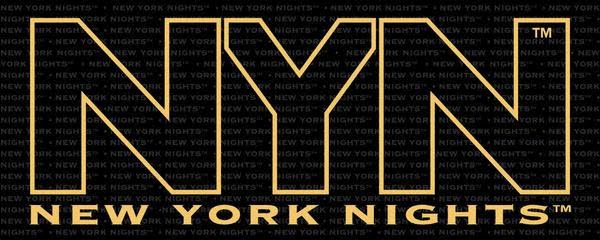
…I hunt down the nightlife news so you don’t have to…
Opening
Thistle Hill Tavern
(Zagat)
A laid back bar in Park Slope offers you an alternative to the summer beer garden
Community Issues
Operators trying to work with residents
(EV Grieve)
There are many stories of NIMBY residents using the influence of the community board to shut down a venue. In an attempt to avoid this problem, some operators are reaching out to residents in an effort to eliminate problems or alter the perceptions of residents who live close to the bars. Some have offered ways to deal with the noise. Others have art shows. Some just make themselves available to listen to residents concerns. This kind of work might not be visible to the patrons or to a venues bottom line, but it can have a real impact on the ability of a spot to keep its liquor license.
Operators
Bartenders vs. Managers
(Bar Business Magazine)
You and your co-workers head to a bar after work to complain about your boss. It might help you to know that the guys and girls behind the bar not only offer you an escape from your misery, they feel your pain. In this article, industry veteran Bob Johnson offers a laundry list of complaints that bartenders have about their bosses.
Profiles
Doug Quinn
(New York Times)
If a venue has a good bartender, patrons come back you that bar for years. He knows what he’s doing, she knows what you like, they make you feel comfortable as you slip into intoxication. The inaugural drinking column in the New York Times focuses on Doug Quinn, the head bartender at P.J. Clarke’s who has been described as “a bartender’s bartender.” My only gripe about this column is that I think I should be writing it, but that’s another story…
Have fun.
Gamal
Join us on Facebook
Follow us on Twitter
Sign up for the Insider Newsletter
Order Seize the Night from Amazon.com
Opening
Thistle Hill Tavern
(Zagat)
A laid back bar in Park Slope offers you an alternative to the summer beer garden
Community Issues
Operators trying to work with residents
(EV Grieve)
There are many stories of NIMBY residents using the influence of the community board to shut down a venue. In an attempt to avoid this problem, some operators are reaching out to residents in an effort to eliminate problems or alter the perceptions of residents who live close to the bars. Some have offered ways to deal with the noise. Others have art shows. Some just make themselves available to listen to residents concerns. This kind of work might not be visible to the patrons or to a venues bottom line, but it can have a real impact on the ability of a spot to keep its liquor license.
Operators
Bartenders vs. Managers
(Bar Business Magazine)
You and your co-workers head to a bar after work to complain about your boss. It might help you to know that the guys and girls behind the bar not only offer you an escape from your misery, they feel your pain. In this article, industry veteran Bob Johnson offers a laundry list of complaints that bartenders have about their bosses.
Profiles
Doug Quinn
(New York Times)
If a venue has a good bartender, patrons come back you that bar for years. He knows what he’s doing, she knows what you like, they make you feel comfortable as you slip into intoxication. The inaugural drinking column in the New York Times focuses on Doug Quinn, the head bartender at P.J. Clarke’s who has been described as “a bartender’s bartender.” My only gripe about this column is that I think I should be writing it, but that’s another story…
Have fun.
Gamal
Join us on Facebook
Follow us on Twitter
Sign up for the Insider Newsletter
Order Seize the Night from Amazon.com



